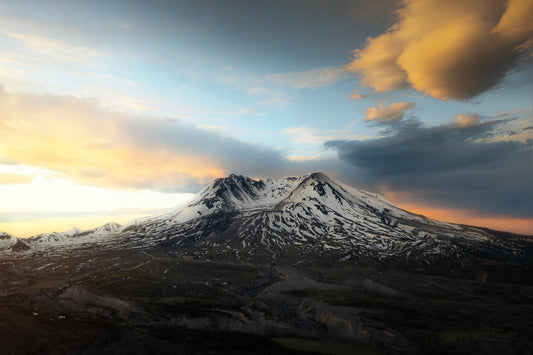Portraiture is a genre of photography that requires careful consideration of camera settings to capture the personality and essence of the subject. In this section, we'll explore the optimal settings for portraits, including aperture, shutter speed, and ISO, along with practical examples and challenges for readers to try.
Aperture for Portraits
The choice of aperture plays a significant role in portrait photography, as it determines the depth of field and background blur (bokeh). A wide aperture (low f-number) such as f/2.8 or f/4 creates a shallow depth of field, allowing you to isolate the subject from the background and create pleasing bokeh effects. This helps draw the viewer's attention to the subject's face and eyes, resulting in captivating portraits.
Example: Set your camera to aperture priority mode and find a willing subject for a portrait session. Choose a wide aperture (e.g., f/2.8 or lower) and position the subject against a clutter-free background. Focus on the subject's eyes, as they are often the focal point of a portrait. Take a series of shots, experimenting with different compositions and observing how the background blur varies with changes in aperture.
Shutter Speed for Portraits
While the primary focus in portrait photography is often on the subject's expression and pose, the choice of shutter speed is still important, especially when photographing moving subjects or in challenging lighting conditions. A general rule of thumb is to use a shutter speed that is at least as fast as the focal length of your lens to avoid camera shake and ensure sharp images.
Example: In a well-lit outdoor environment, set your camera to aperture priority mode and choose a wide aperture for shallow depth of field. As you compose your shot, pay attention to any movement by your subject, such as slight shifts in pose or hair movement. Adjust the shutter speed accordingly to freeze motion and capture sharp portraits. Experiment with different shutter speeds while maintaining a consistent aperture to find the optimal balance between freezing motion and achieving proper exposure.
ISO for Portraits
In portrait photography, maintaining image quality is crucial, so it's essential to keep ISO as low as possible to minimize noise and preserve detail. However, in low-light situations where a faster shutter speed or wider aperture is necessary, increasing ISO can help achieve proper exposure without sacrificing image quality.
Example: Set up a portrait session indoors or in a shaded outdoor area with soft, diffused lighting. Begin by selecting a low ISO setting (e.g., ISO 100 or 200) to maintain optimal image quality. As you compose your shots, pay attention to the exposure meter in your camera's viewfinder or LCD screen. If the meter indicates underexposure, gradually increase the ISO setting while monitoring the image quality until you achieve a well-exposed portrait without noticeable noise.
Challenge for Readers
Find a friend or family member to photograph in various lighting conditions, such as indoors near a window, outdoors in open shade, and during the golden hour before sunset. Experiment with different combinations of aperture, shutter speed, and ISO settings to capture compelling portraits that showcase the subject's personality and mood.
Conclusion
Choosing the right camera settings is essential for capturing stunning portraits that convey emotion and personality. By understanding how aperture, shutter speed, and ISO affect the outcome of your portraits and experimenting with different settings, you'll develop the skills necessary to create captivating images that resonate with viewers. Take on the challenge provided and continue to practice portrait photography to refine your techniques and unleash your creative vision.







